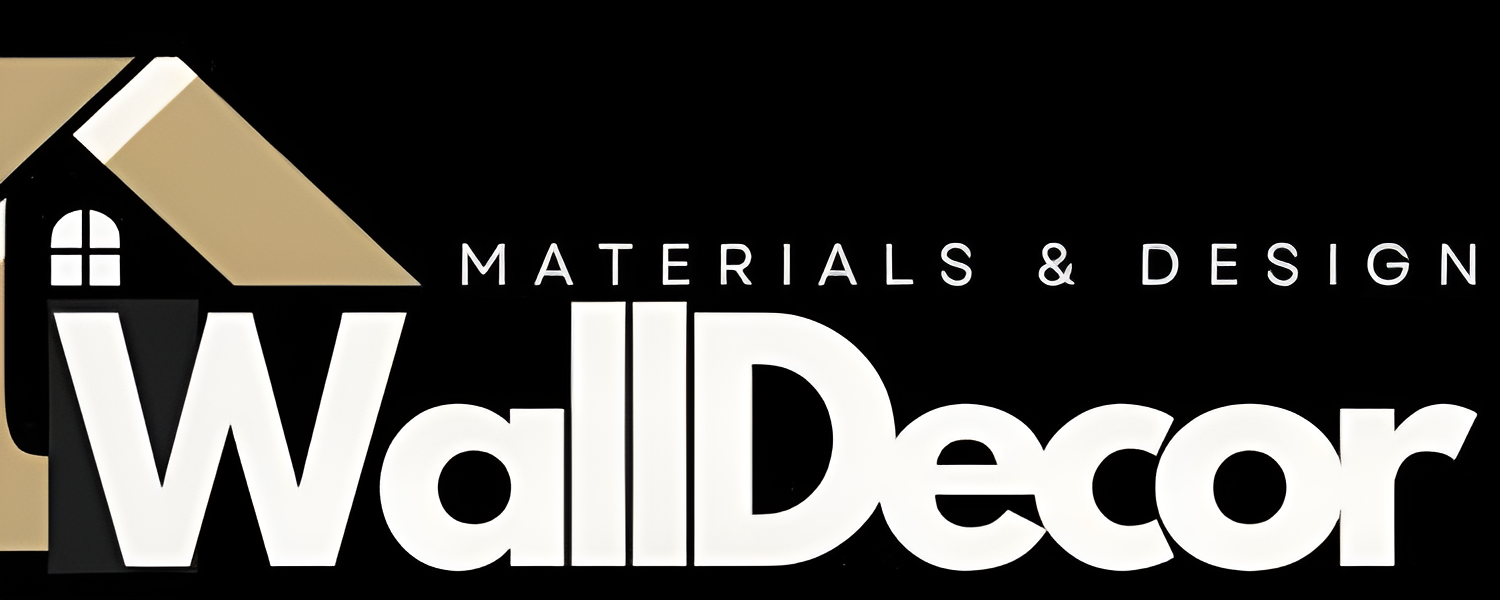Composite Cladding vs. Wood: Which is the Better Choice?
Looking to give your building's exterior a fresh, modern look? Your choice of cladding can make or break your property's aesthetics, durability, and maintenance costs. The debate between composite and traditional wood cladding has been heating up recently, especially in the construction and building materials industry.
How do you figure out which option is best for your project? This comprehensive guide will compare composite cladding and wood across key factors such as durability, appearance, maintenance, cost, sustainability, etc. By the end, you'll know precisely which material aligns with your needs, whether you're a homeowner, contractor, or builder.

What is Composite Cladding and Wood Cladding?
Before we jump into the comparisons, let's quickly define these two popular cladding options.
Composite Cladding
Composite cladding is a modern, durable building material that combines natural wood fibers with plastic (typically polyethylene or polyvinyl chloride, aka PVC). The result? It is a product that looks like wood but has enhanced strength and minimal upkeep. Composite cladding often uses eco-friendly materials like WPC fluted wall panels to create eye-catching designs.Key Features of Composite Cladding:
- Highly resistant to weather, rot, and insects
- Requires little to no maintenance
- Available in a variety of colors and finishes
Wood Cladding
Wood cladding refers to traditional wooden panels that cover and protect building exteriors. Common wood species used include cedar, pine, and redwood. While classic and elegant, wood cladding requires consistent care and is less resistant to environmental elements.Key Features of Wood Cladding:
- Timeless, natural aesthetic
- Can be stained or painted in custom colors
- Susceptible to weathering, insects, and mold without proper treatment
Now that we've defined each material, let's evaluate them based on crucial factors.
Durability and Longevity
One of the first considerations for any cladding material is durability. How well do composite cladding and wood hold up over time?
Composite Cladding
Composite cladding offers exceptional durability, making it a go-to for harsh weather conditions. Since it's made from wood and plastic, it's resistant to rot, mold, mildew, and insects. Unlike traditional timber, composite cladding doesn't warp, splinter, or crack over time. This makes it a low-maintenance, long-lasting material that is appealing in regions with fluctuating climates.
Lifespan: Composite cladding typically lasts 25-30 years, with many suppliers offering warranties covering decades of use.
Wood Cladding
Though beautiful, wood cladding requires consistent maintenance to ensure longevity. It's vulnerable to insect infestations, fungal growth, and deterioration caused by weather exposure. If left untreated, this can lead to issues like mold, warping, and excessive wear.
Lifespan: With regular staining, painting, and sealing, wood cladding can last up to 10-15 years, depending on the wood type.
Aesthetic Appeal
When it comes to appearance, both materials have their appeal.
Composite Cladding
Composite cladding mimics the natural look of wood, often making it difficult to distinguish from the real thing. On top of that, manufacturers offer a range of modern wall panel designs, colors, and textures to suit all kinds of architectural styles, whether contemporary or rustic. The uniformity in its finishes ensures a clean and sleek look with every panel.
Wood Cladding
Real wood cladding will always have a unique charm for those looking for an authentic, natural aesthetic. Each wood panel carries individual grain patterns, offering a warm and classic look that no other material can replicate.
That said, wood also weathers over time, which may or may not align with the desired aesthetic. Some people enjoy the natural patina and "aging" of wood, while others see it as a drawback.
Maintenance Requirements
Composite Cladding
One of the most significant advantages of composite cladding is its low maintenance. There's no need for regular staining, sealing, or painting. To keep it looking its best, a simple wash with soap and water a few times a year is enough to remove dirt and debris.
Wood Cladding
Wood cladding requires far more effort to maintain its appearance and structural integrity. Regular staining, sealing, or painting is needed to prevent moisture infiltration, fading, and rotting. Maintenance costs can add up quickly for large buildings or busy contractors.
Cost Comparison
Composite Cladding
The upfront cost of composite cladding tends to be higher than traditional wood. However, its low maintenance requirements and longer lifespan make it an extremely cost-effective option in the long term. Composite cladding often comes out as the more economical choice when considering total ownership costs.
Wood Cladding
While wood cladding is less expensive in initial purchase costs, the need for frequent maintenance and periodic replacement adds significant expenses over time.
Sustainability
Sustainability is an essential consideration for many modern consumers and businesses.
Composite Cladding
Composite cladding is often made from recycled materials like plastic and reclaimed wood fibers, making it eco-friendly. On top of that, its long lifespan means fewer resources are needed for replacement, reducing waste over time.
Wood Cladding
Wood is a natural and renewable resource, which makes it an environmentally friendly option. However, excessive forestry can lead to deforestation, and the chemicals required for treating wood can harm the environment.
Applications and Versatility
Composite cladding is highly versatile, often used with modern wall panels, PVC marble sheets, and acoustic panels to create innovative designs. It's commonly chosen for commercial buildings, residential homes, and renovations due to its flexibility in appearance and function.Wood cladding is versatile but might require expert craftsmanship and contractor supplies for complex designs, increasing its overall cost and labor.
Follow our social media:
